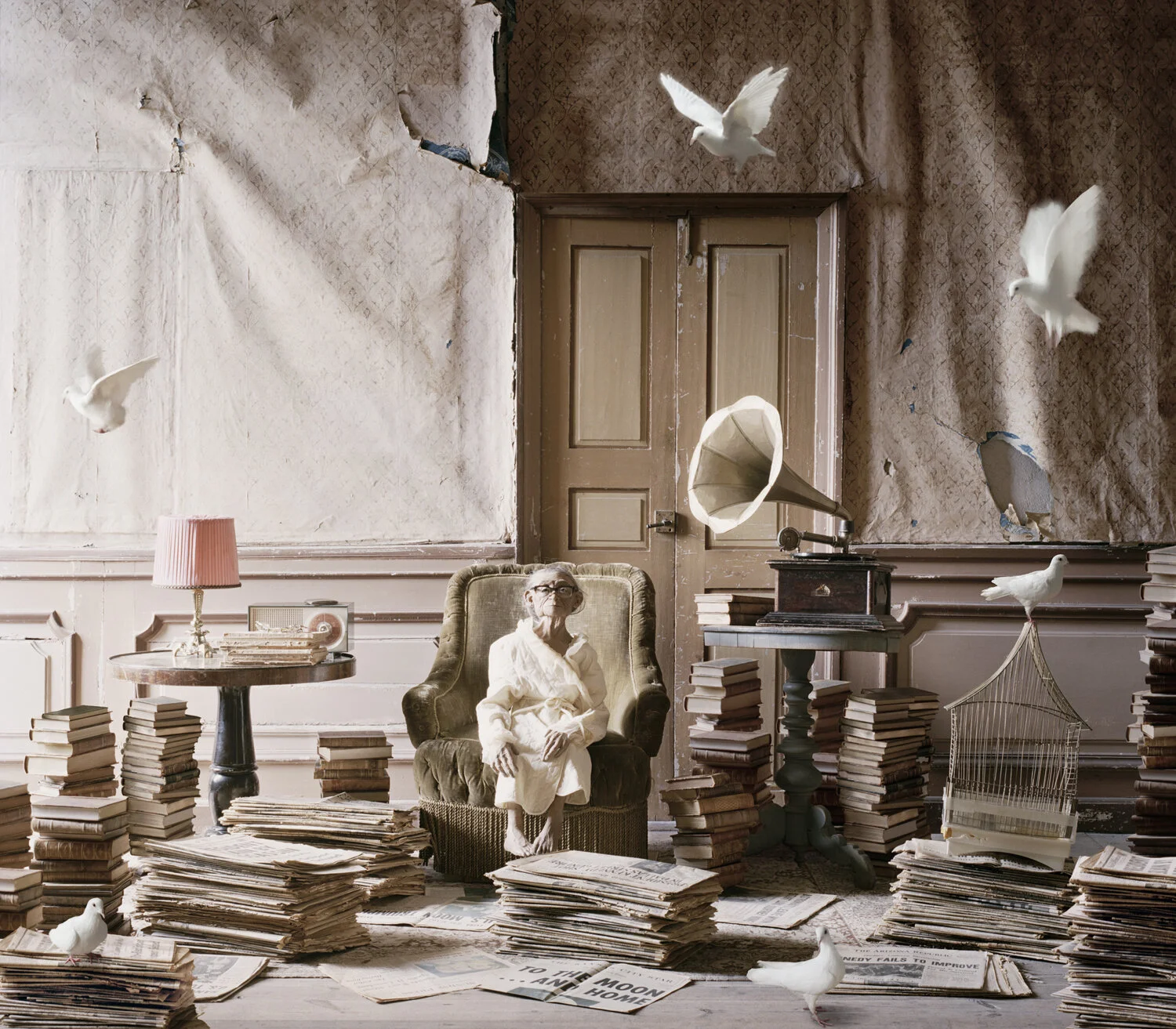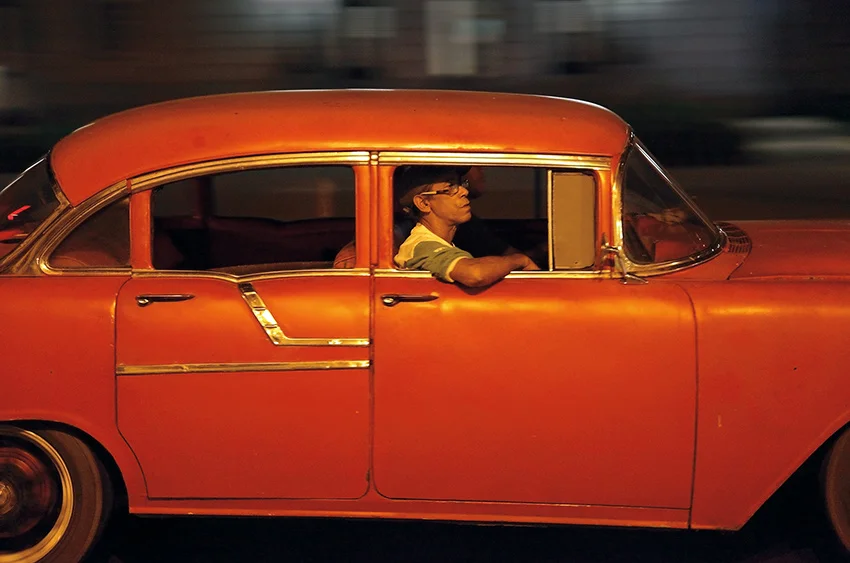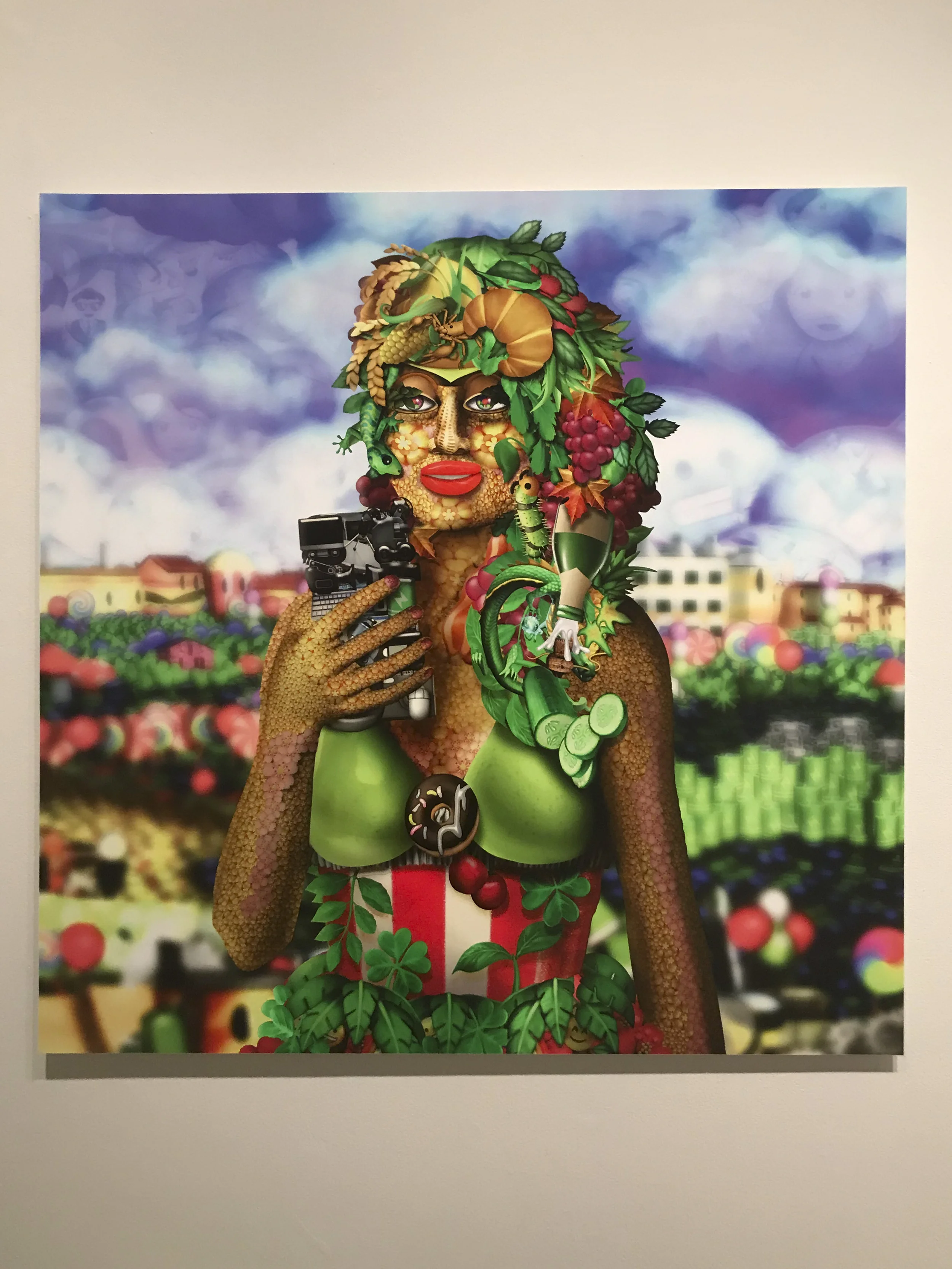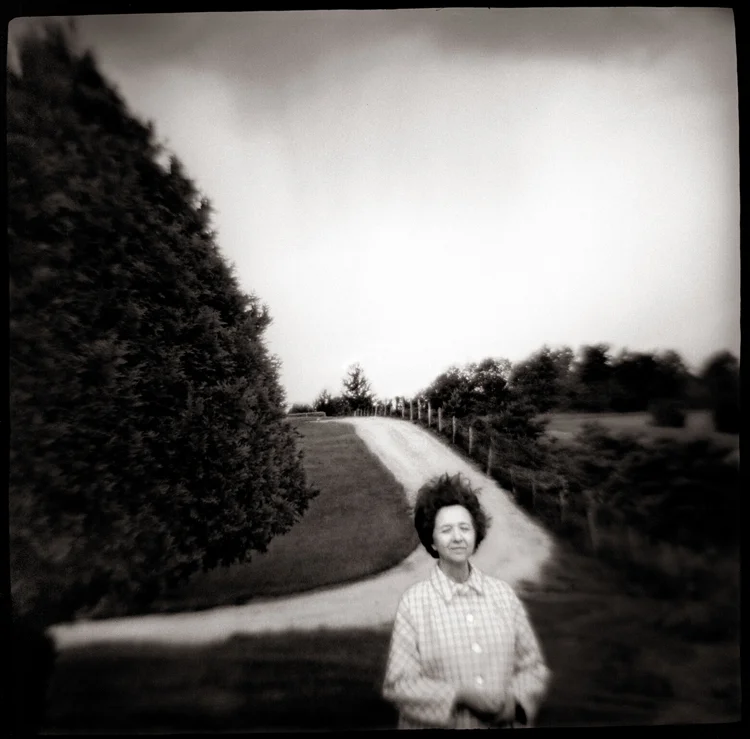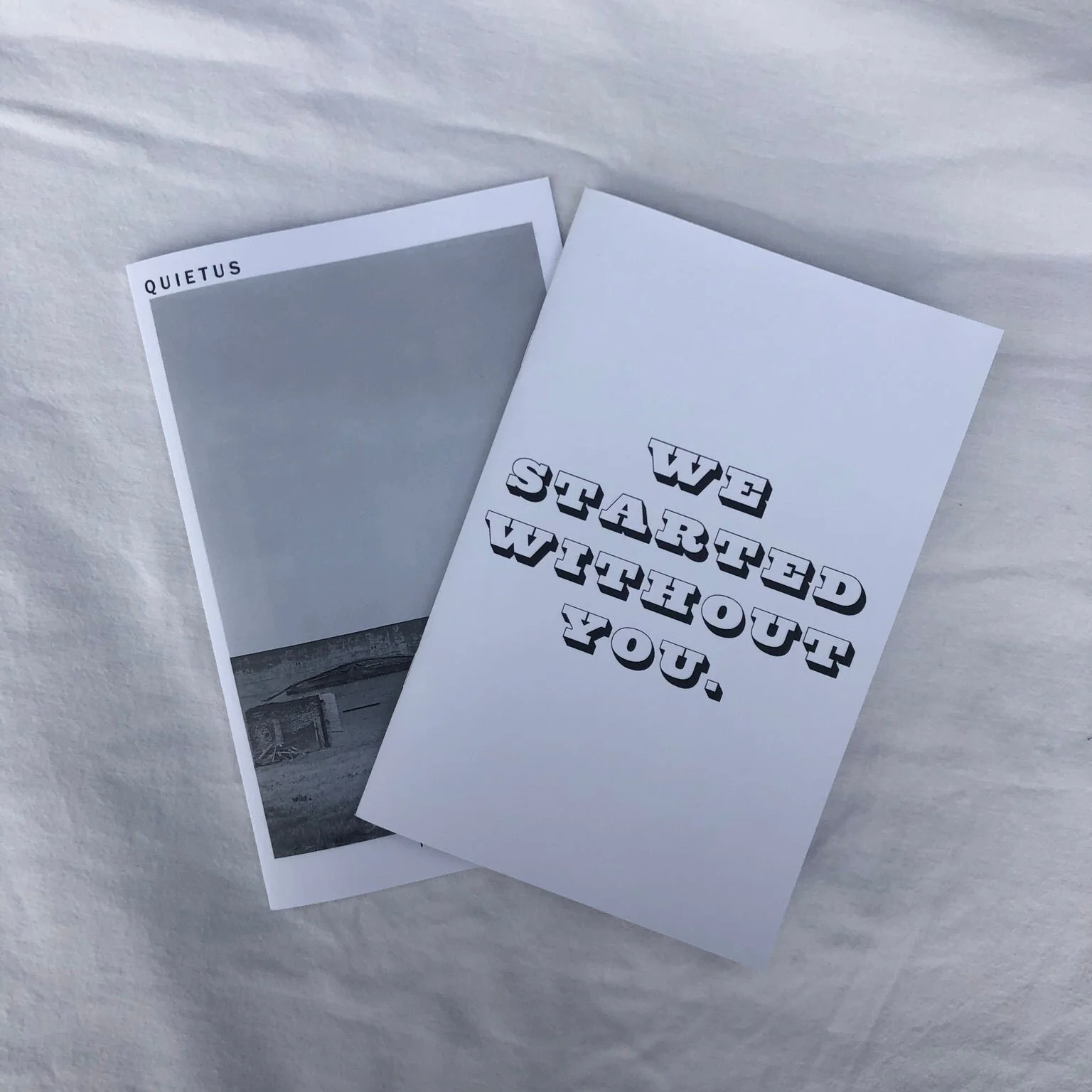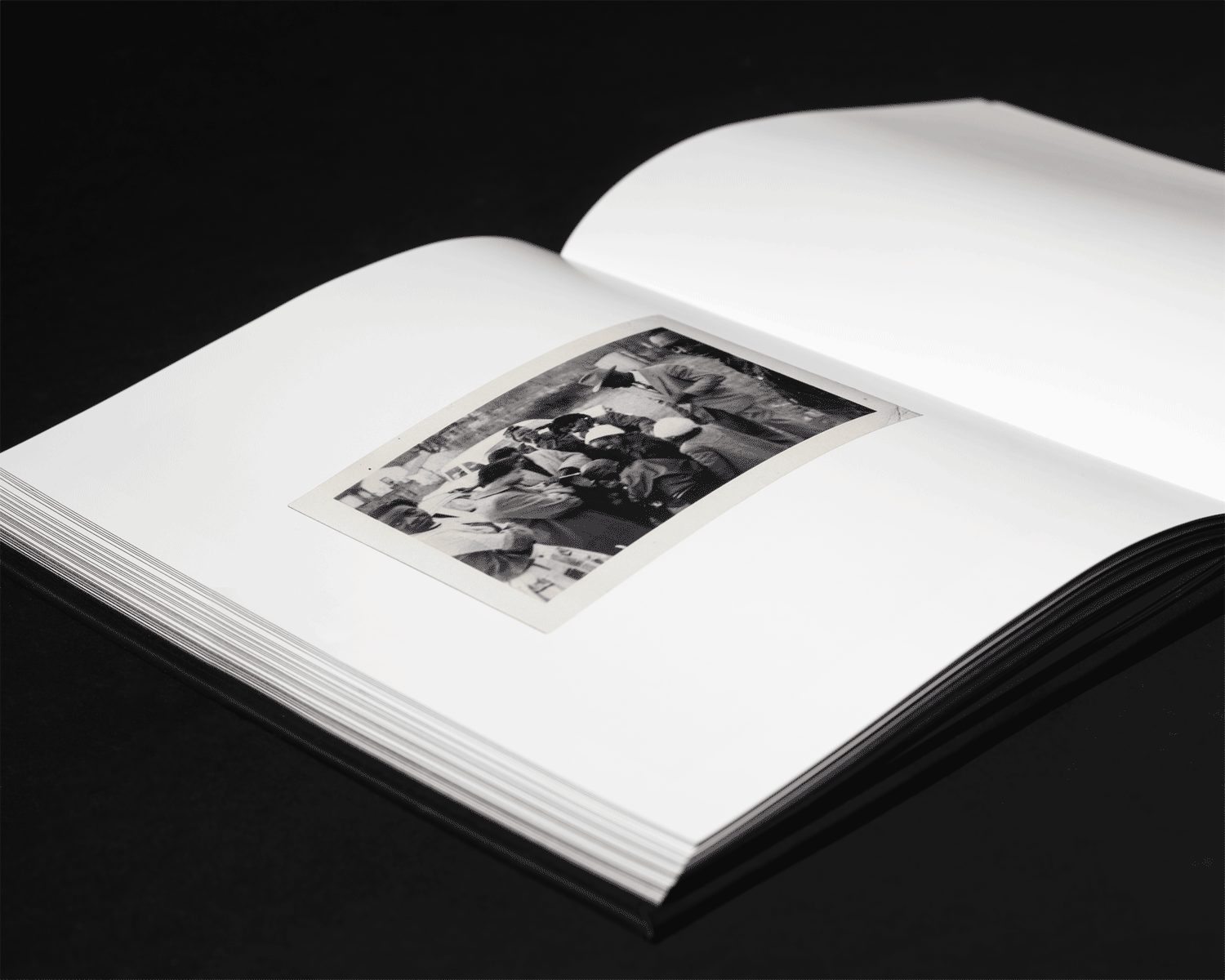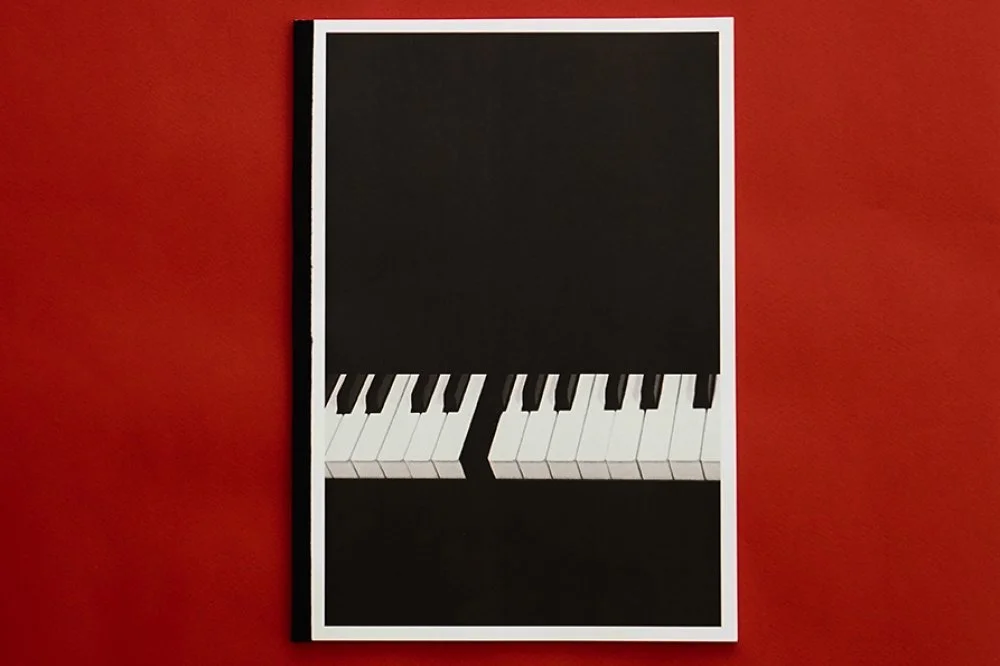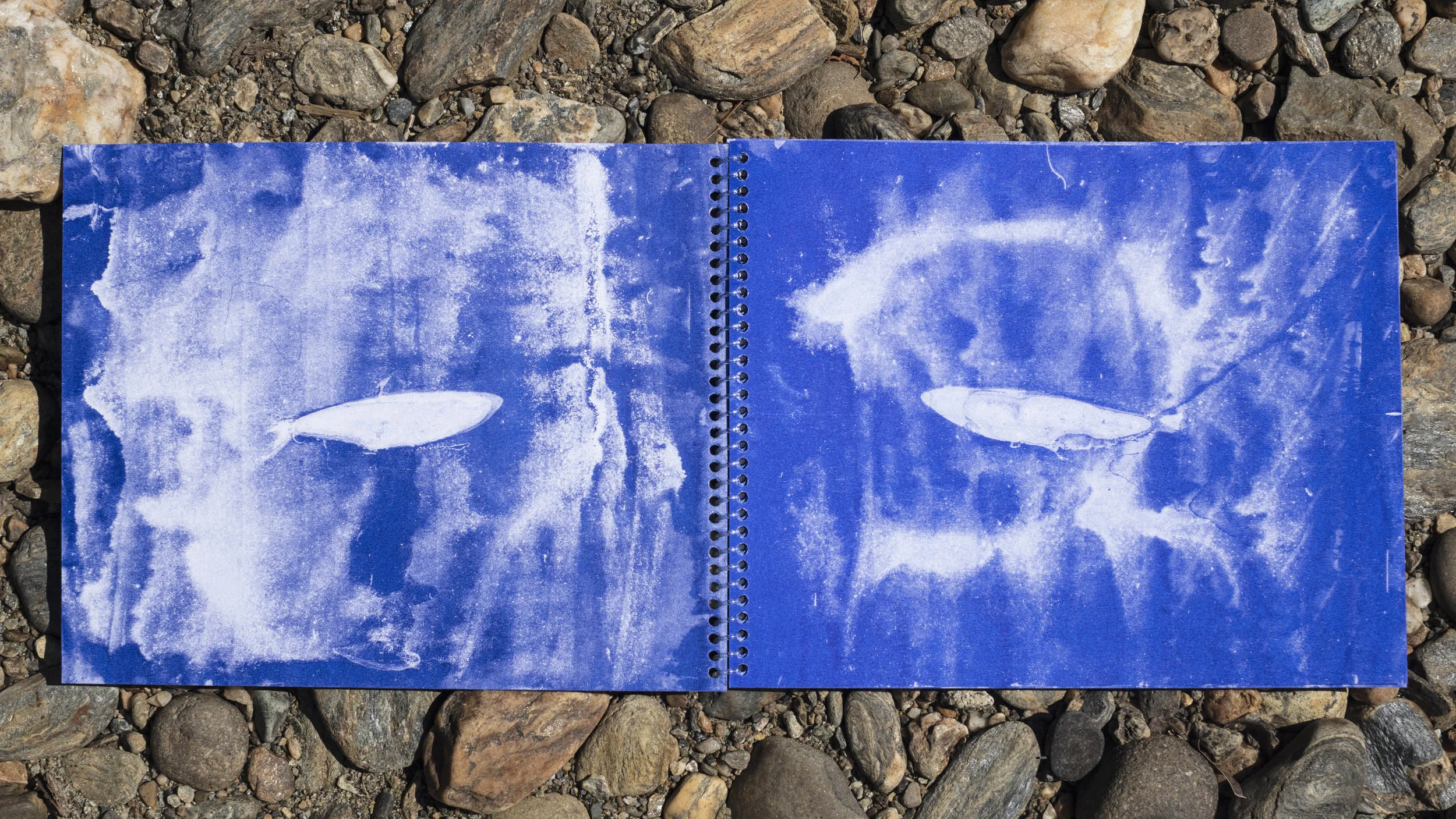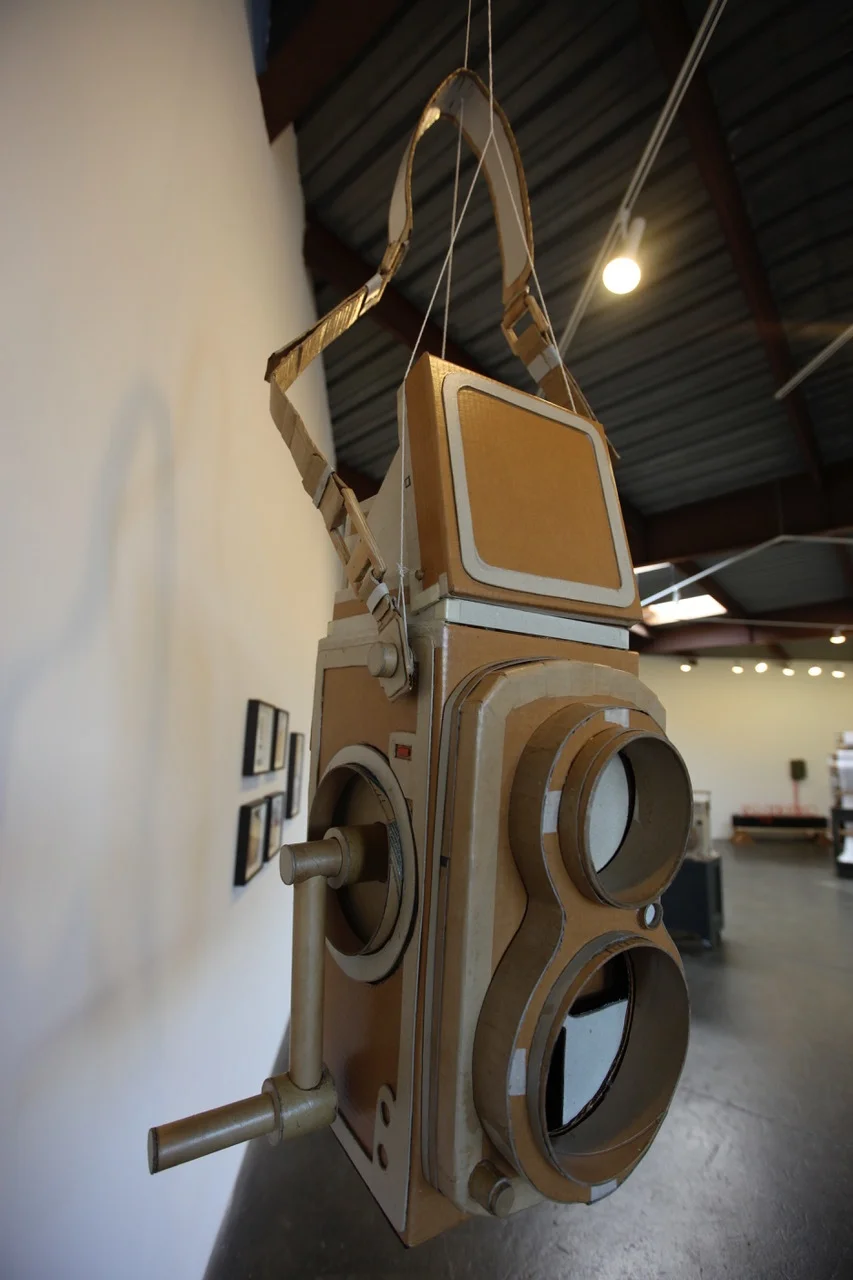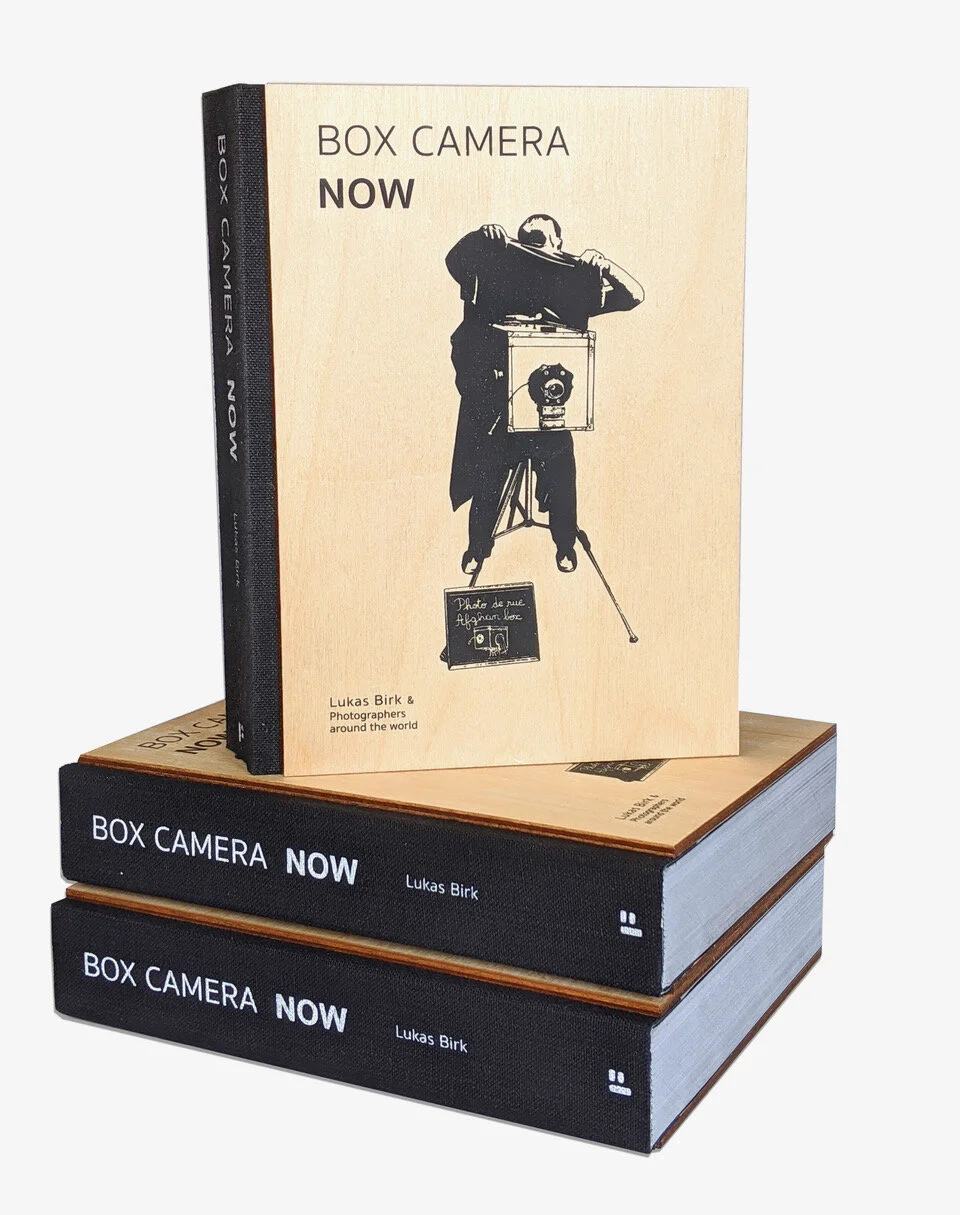Every month an exclusive edition run of a photograph by an artist featured in Don't Take Pictures magazine is made available for sale. Each image is printed by the artist, signed, numbered, and priced below $200.
We believe in the power of affordable art, and we believe in helping artists sustain their careers. The full artist receives the full amount of the sale.
We are pleased to release August's print, "Markgräfliches Opernhaus, Bayreuth" from Klaus Frahm. Read more about Frahm’s work below.
Purchase this print from our print sale page.
Klaus Frahm
Markgräfliches Opernhaus, Bayreuth
Archival pigment print
8 x 10, signed and numbered edition of 5
$96
The auditorium is lit and immaculate, ready for the audience to file in and take their seats. But the front curtain is raised and the stage is barren. In Klaus Frahm’s series The Fourth Wall: Stages, we stand on the stage of a great German opera house, looking out. Photographing from far up center stage, Frahm makes images of theaters as few people have seen them.
A Hamburg-based architectural photographer by trade, Frahm stumbled upon the idea for The Fourth Wall while on assignment for a theater in 2010, when he casually made a Polaroid looking out across the stage. It was not until he was reviewing his work later that he saw the image’s potential. Since then, he has been visiting opera houses and other large theaters around Germany. With a long and rich history of theater, the nation boasts the world’s greatest density of public and private stages. About one third of all operas performed each year are on a German stage. Frahm had his work cut out for him.
Cuvillié-Theater, München, 2013
The Fourth Wall is on some level an exercise in typology. Frahm samples Germany’s grandest theaters, presenting each from the same perspective. The centerpieces of these images are the auditorium, which has been readied for the theater’s patrons. We are granted an impeccable view of these treasured spaces, and the series is partly a celebration of their extravagant ornamentation. Frahm’s images present us with a unique vantage of their velvet seating, gilded rococo plasterwork, and grand chandeliers—or in some instances, their clean lines and precise angles of elegant modernity.
This perspective is framed within a parallel typology, that of the dim utilitarian spaces which bring the magic of the stage to life. No matter how ornate the auditorium, the backstage surrounding it tends to be practical and modern. We see stage lights and drapes mounted to metal battens—half hidden in the matte black of the shadows. The lux and elaborate décor of the house contrasts starkly with these gritty and work-worn spaces behind the proscenium. While they might initially appear lifeless and uniform, upon closer inspection, the personalities of these normally-hidden places become apparent.
The bare white walls of “Cuvillié-Theater” in Munich feel cold and cramped in comparison to the expansive stage of “Semperoper” in Dresden or the worn black walls of “Markgräfliches Opernhaus” that have been signed by innumerable hands. By simultaneously photographing both the auditorium and the stage, Frahm’s images allow us to plainly see almost the entirety of the theater in a single detailed frame. But honesty of documentary photography is neither the aim nor the effect of The Fourth Wall.
Staatsoper Kiel, Kiel, 2012
Using a large format camera, Frahm’s photographs exhibit a high level of detail and an expansive depth of field, giving equal treatment to stage and auditorium. The lighting, too, is critical. The house glows with a warm radiance from chandeliers and ornate sconces, but Frahm eschews the gelled lights of the darkened stage in favor of fluorescent workmen’s lights. This decision shows the nearer spaces dimly laid bare, stripped of the magic that a theatrical performance brings.
Rooted in theater terminology, the “Fourth Wall” is a reference to the division between a performance space and its audience. Actors perform their scene as if the stage were a room, with the audience hidden behind this fictional wall. It serves as both portal and bulwark, an imaginary barrier that keeps the performers from interacting with the audience and the audience from becoming participants in the show. By pointing his camera squarely at this fourth wall, Frahm seems to be letting the richness of the auditorium join with the stage into a single space.
A number of critics have stated that Frahm’s photographs capture the perspective of theater performers. This may be technically true, but it oversimplifies the world that he depicts. His inclusion of the floor and stage equipment neatly frames the auditorium through the proscenium arch. Moreover, positioning his camera at the far end of the stage creates the perception that we are an audience looking through an alternative “fourth wall” at the rear of the stage, with the seating included as part of the set. By flattening and framing the auditorium, Frahm’s images make it appear artificial, as though it were a detailed theatrical backdrop against which actors could perform.
Deutsches Schauspielhaus, Hamburg, 2011
Frahm is often mentioned in the same breath as David Leventi and Candida Höfer, and for good reason. All three photograph the exquisite opulence of theaters head-on in vivid color and incredible detail. More than once, they have stood on the same stages and looked out. But while Leventi and Höfer focus completely on the sumptuousness of the auditorium, Frahm’s inclusion of the backstage separates us from such luxury. That gulf—the stage, the shadows and scaffolding around the proscenium—and the vantage from which Frahm photographs, serves to invert the roles that these spaces play in relation to one another, and by extension, their occupants as well.
The Fourth Wall has received a good deal of online media attention as of late. Frahm brushes off this sudden flurry of interest as “a little bit unexpected and not the point.” He continues to work on the series, taking additional time to photograph theaters from new perspectives when he can. The most difficult part about these shoots is securing access to the empty stage. But Frahm is undaunted, and has begun to imagine a time when The Fourth Wall extends beyond the borders of Germany and the cities where it has been shown. And while he makes no promises about which stages will draw his attention next, he coyly adds, “A list for Italy has already been worked out.”
W. G. Beecher is an Editor for Don’t Take Pictures.
This article first appeared in Issue 6.







































